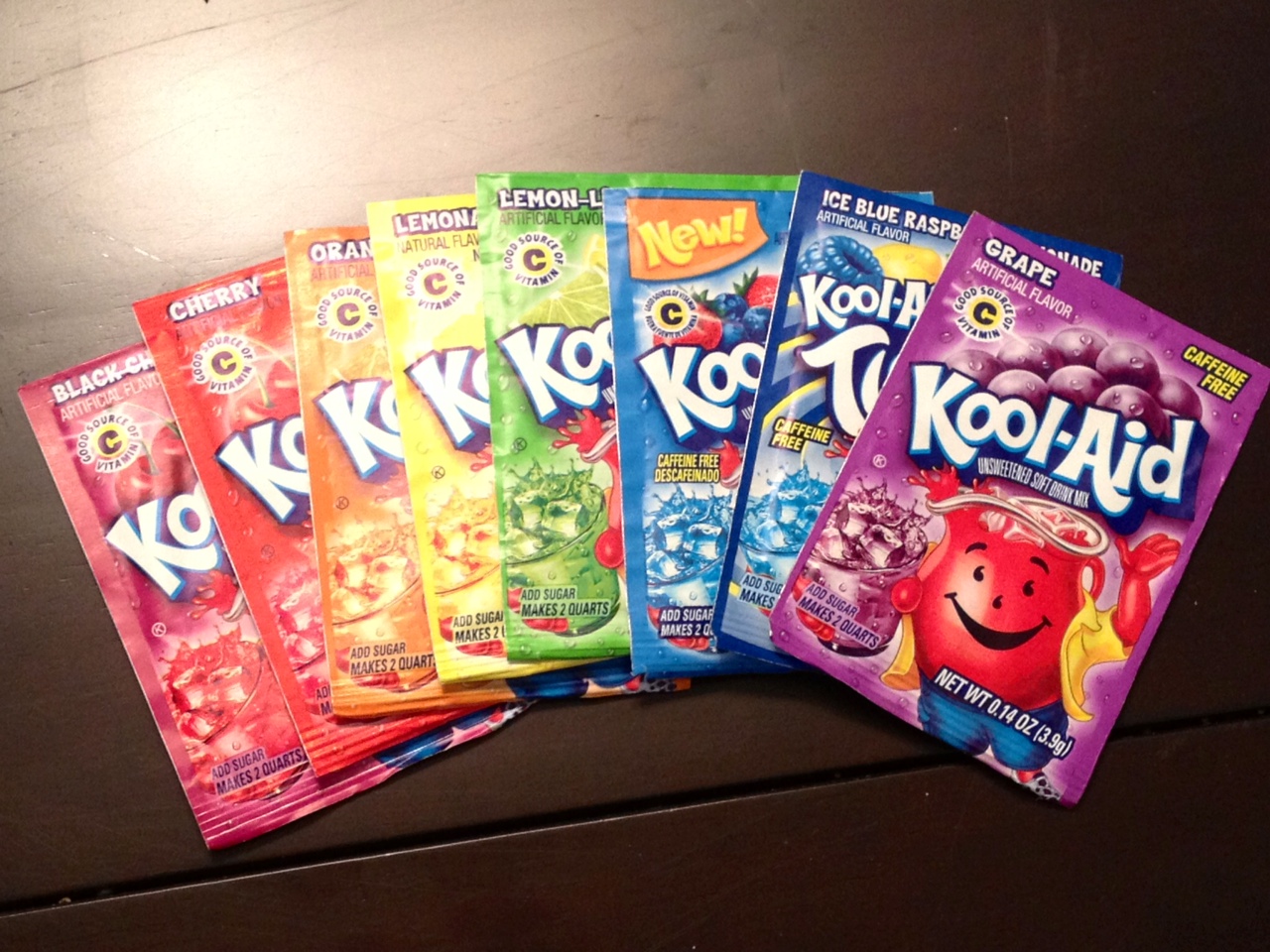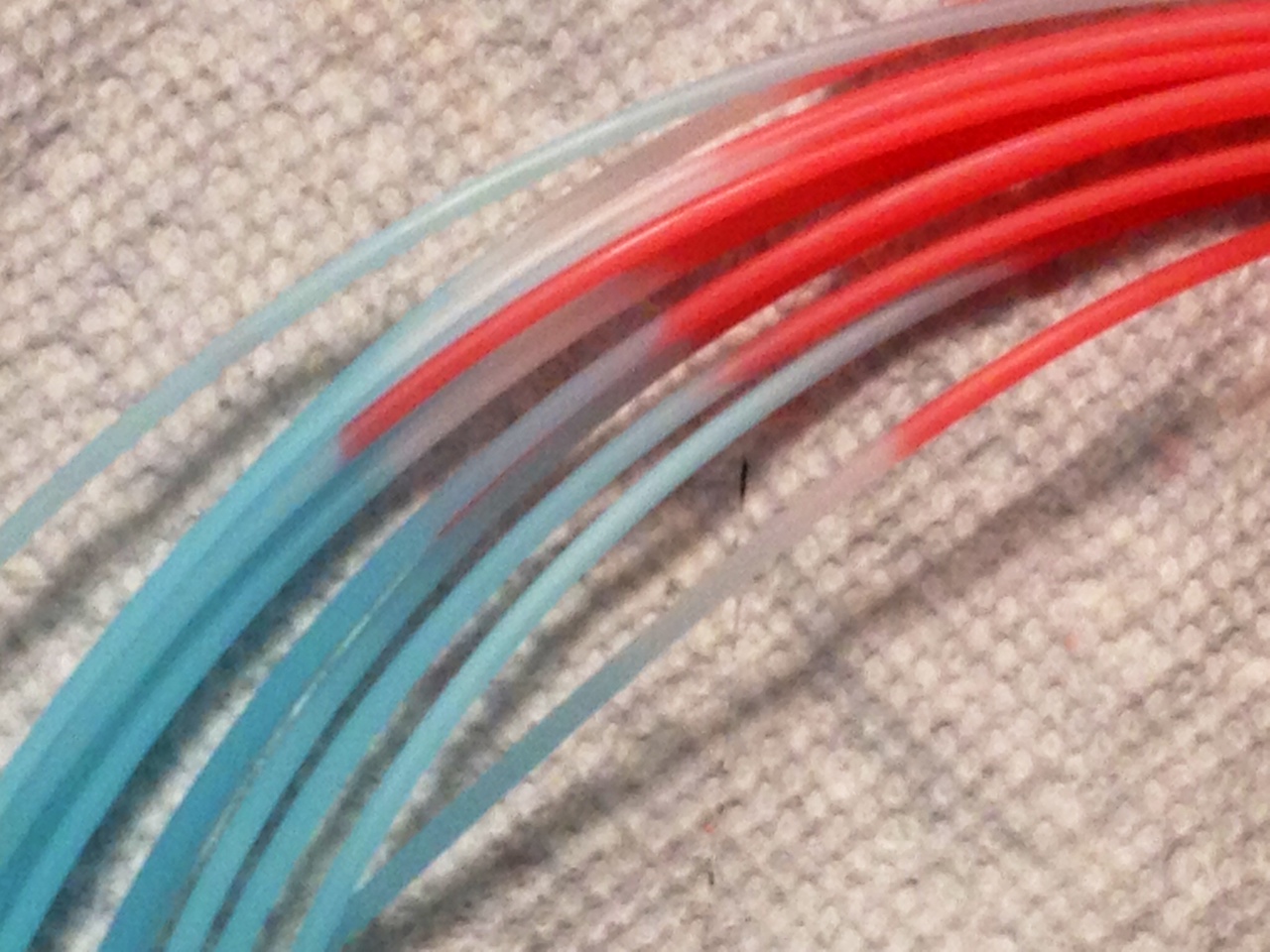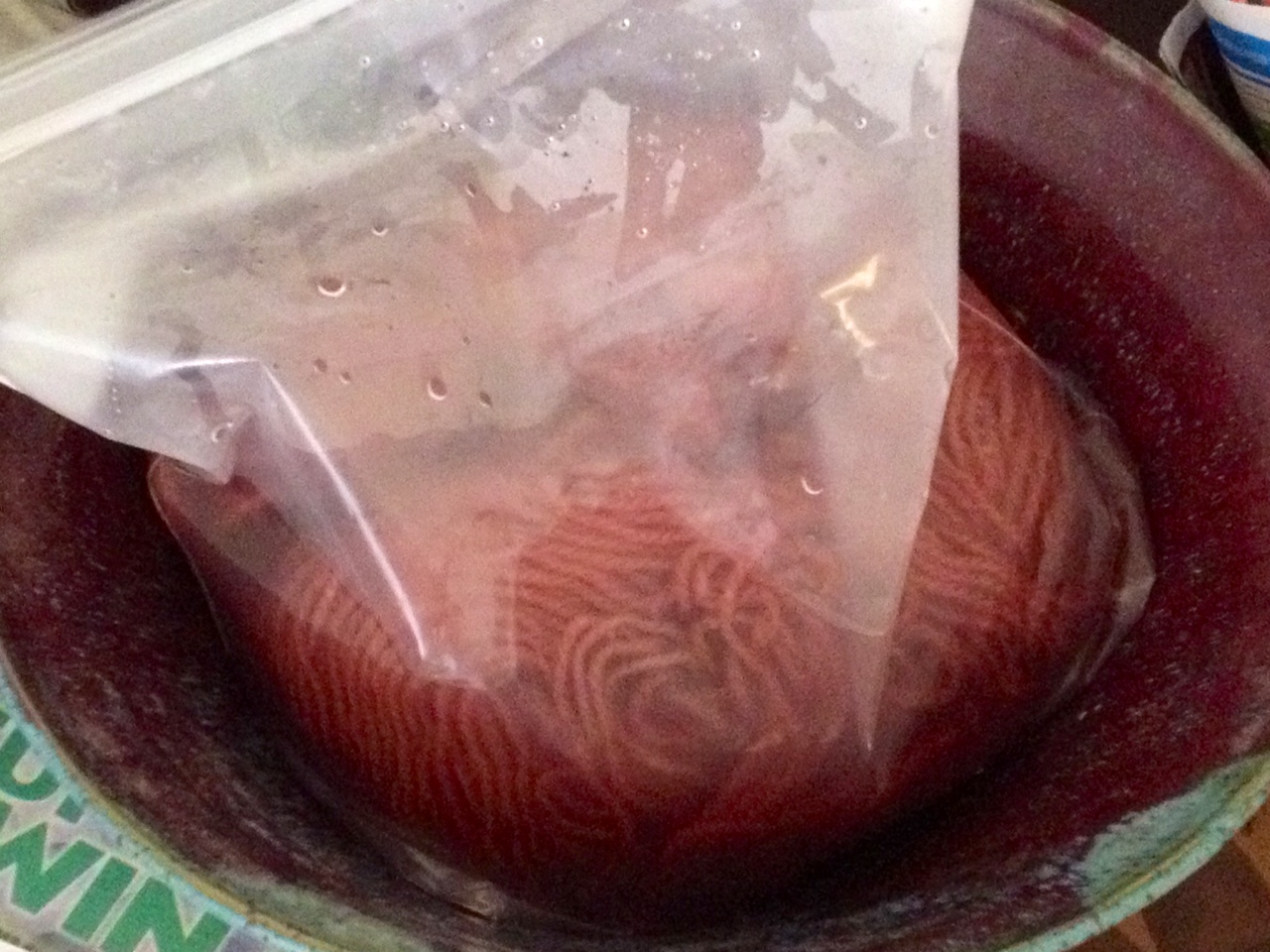What I Read in 2020
(I meant to post this in January, but early 2021 was A Lot. Better late than never!)
Many of my 2020 goals were made irrelevant by the pandemic. “Exercise more while traveling”... oh my sweet summer child. What’s that saying about hindsight again?
Thankfully, one that stayed both relevant and achievable was “complete the Read Harder Challenge for the second year in a row”. Getting absorbed in a good audiobook became a prime coping mechanism in the face of the compounding stressors of These Uncertain Times. (Side note, can someone please write a covid pandemic-themed cookbook called “These Uncertain Thymes”? I’d crowdfund the heck out of that.) In more than a few cases, needing to finish a library audiobook before its due date kept me from doomscrolling.
When I could see that I was on track to finish the Read Harder Challenge way ahead of schedule, I gave myself an extra layer: for the challenge, read mostly authors whose work I’d never read. After all, the entire spirit of this reading challenge was to expand the realm of who and what I read. Nnedi Okorafor was the only author I’d read before, in the “last book in a series” category. I had seen Amal El-Mohtar speak at WisCon, and knew of Ruby Tandoh from “The Great British Bake-Off”, but hadn’t yet read their books.
One of my favorite discoveries to come out of this year’s challenge was the amazing amount of positive disability and neurodiversity representation that exists in romance, a genre I hadn’t read much. Helen Hoang is autistic and writes autistic protagonists in her novels, like Stella in “The Kiss Quotient”. In the second story in “Hamilton’s Battalion”, Coutney Milan writes a character who is strongly implied to have ADHD (though obviously it’s not labeled “ADHD” in the 18th century). After discovering Talia Hibbert via reading “Untouchable” – which has multiple characters with depression – for the “romance starring a single parent” category, I went on to pick up “Get A Life, Chloe Brown”, featuring Hibbert’s #OwnVoices portrayal of fibromyalgia.
Another revelation: the vast lineup of phenomenal sci-fi novellas in recent years! After reading “All Systems Red” last year, I continued devouring the Murderbot novellas, and years after being introduced to Nnedi Okorafor’s writing I read the “Binti” trilogy end to end. Even then, picking a book to designate for the “sci-fi/fantasy novella” category was a roll of the dice because I read four by authors who were new to me (the others were “Riot Baby”, “Upright Women Wanted”, and “The Deep”, all Hugo Award nominees).
As a testament to the lasting impact of expanding reading horizons, I also revisited a few authors whom I’d discovered thanks to last year’s challenge: Silvia Moreno-Garcia, Martha Wells,and Jacqueline Woodson.
My friend and I are going for a third year with the 2021 Read Harder Challenge! Watch this space. Hopefully before August 2022.
2020 Read Harder Challenge
A YA nonfiction book: All Boys Aren't Blue by George M Johnson
A retelling of a classic of the canon, fairytale, or myth by an author of color: A Blade So Black by L.L. McKinney
A mystery where the victim(s) is not a woman: Goldie Vance vol 1 by Hope Larson and Brittney Williams
A graphic memoir: Relish by Lucy Knisley
A book about a natural disaster: A.D.: New Orleans After the Deluge by Josh Neufeld
A play by an author of color and/or queer author: A Raisin in the Sun by Lorraine Hansberry
A historical fiction novel not set in WWII: Hamilton's Battalion by Rose Lerner, Courtney Milan, and Alyssa Cole
An audiobook of poetry: Milk and Honey by Rupi Kaur
The LAST book in a series: Binti: The Night Masquerade by Nnedi Okorafor
A book that takes place in a rural setting: Real Queer America by Samantha Allen
A debut novel by a queer author: Nimona by Noelle Stevenson
A memoir by someone from a religious tradition (or lack of religious tradition) that is not your own: We Have Always Been Here by Samra Habib
A food book about a cuisine you’ve never tried before: Eat Up by Ruby Tandoh
A romance starring a single parent: Untouchable by Talia Hibbert
A book about climate change: The Marrow Thieves by Cherie Dimaline
A doorstopper (over 500 pages) published after 1950, written by a woman: The Long Way to a Small, Angry Planet by Becky Chambers
A sci-fi/fantasy novella (under 120 pages): This Is How You Lose the Time War by Amal El-Mohtar and Max Gladstone
A picture book with a human main character from a marginalized community: I Am Perfectly Designed by Karamo Brown
A book by or about a refugee: The Map of Salt and Stars by Zeyn Joukhadar
A middle grade book that doesn’t take place in the U.S. or the UK: The Night Diary by Veera Hiranandani
A book with a main character or protagonist with a disability (fiction or non): The Kiss Quotient by Helen Hoang
A horror book published by an indie press: The Southern Book Club's Guide to Slaying Vampires by Grady Hendrix
An edition of a literary magazine (digital or physical): FIYAH Literary Magazine of Black Speculative Fiction (issue 13)
A book in any genre by a Native, First Nations, or Indigenous author: #Notyourprincess edited by Lisa Charleyboy
Other books I read
Fiction
Akata Witch by Nnedi Okorafor
Artificial Condition by Martha Wells
Binti by Nnedi Okorafor
Binti: Home by Nnedi Okorafor
Bitch Planet, Vol. 1 by Kelly Sue DeConnick, Taki Soma, and Valentine De Landro
Bitch Planet, Vol. 2 by Kelly Sue DeConnick, Taki Soma, and Valentine De Landro
The City We Became by NK Jemisin
The Deep by Rivers Solomon, Daveed Diggs, William Hutson
Exit Strategy by Martha Wells
Get a Life, Chloe Brown by Talia Hibbert
Gideon the Ninth by Tamsyn Muir
The Last Emperox by John Scalzi
Magic for Liars by Sarah Gailey
Mexican Gothic by Silvia Moreno-Garcia
Red at the Bone by Jacqueline Woodson
Riot Baby by Tochi Onyebuchi
Rogue Protocol by Martha Wells
Running by Natalia Sylvester
Unexpected Stories by Octavia E Butler
Upright Women Wanted by Sarah Gailey
Nonfiction
An African American and Latinx History of the United States by Paul Ortiz
Amazons, Abolitionists, and Activists by Mikki Kendall and A D’Amico
Bad Feminist by Roxane Gay
Everything’s Trash, But It’s Okay by Phoebe Robinson
The Fire Next Time by James Baldwin
The Fire This Time edited by Jesmyn Ward
Gender Queer by Maia Kobabe
Hood Feminism by Mikki Kendall
How to Be an Antiracist by Ibram X Kendi
I’m Still Here by Austin Channing Brown
It’s About Damn Time by Arlan Hamilton
March: Book 2 by John Lewis, Andrew Aydin, and Nate Powell
Naturally Tan by Tan France
Organizing Solutions for People with ADHD by Susan Pinsky (my only 1-star review of the year)
Over the Top by Jonathan Van Ness
Race for Profit by Keeanga-Yamahtta Taylor
So You Want to Talk About Race by Ijeoma Oluo
Technically Wrong by Sara Wachter-Boettcher
Weapons of Math Destruction by Cathy O’Neil
White Rage by Carol Anderson


















